
Building a factory within an industrial park requires investors to strictly comply with current legal regulations. Understanding and properly executing these procedures not only shortens timelines and optimizes costs but also ensures that the project is legally compliant and free from legal risks. In the following article, BIC compiles the full legal process that businesses must grasp when constructing a factory in an industrial park.
This is the first legal step and serves as the foundation for all subsequent procedures when building a factory. Registering the investment demonstrates the investor’s commitment to legally implementing the project and obtaining approval from state authorities to operate within the industrial park.
- Work with competent authorities: Submit documents to the Industrial Park Management Board or the provincial/city Department of Planning and Investment, depending on which party manages the park.
- Prepare investment registration documents in accordance with the Investment Law, including:
+ Project proposal letter
+ Legal documents of the investor (ID/company registration)
+ Financial capability report
+ Location proposal, scale, and investment objectives
- Prove financial capacity and experience (if required): Some localities or specialized projects (e.g., food, chemicals) may request financial statements, equity capital, borrowing ability, and evidence of previous projects.
- Obtain the Investment Registration Certificate (IRC): Once documents are accepted, the IRC is issued—legal authorization to conduct the project in the industrial park.
- Having an IRC is mandatory before signing a land lease, applying for a building permit, or starting construction.
- For foreign investors, the IRC is mandatory under the 2020 Investment Law; without it, no activities—including land leasing—are permitted in Vietnam.
- The IRC defines the legal rights and obligations of the investor.
- Provide clear, data-backed project proposals to improve approval chances.
- If inexperienced, consult legal advisors or design-build contractors experienced in investment documentation.
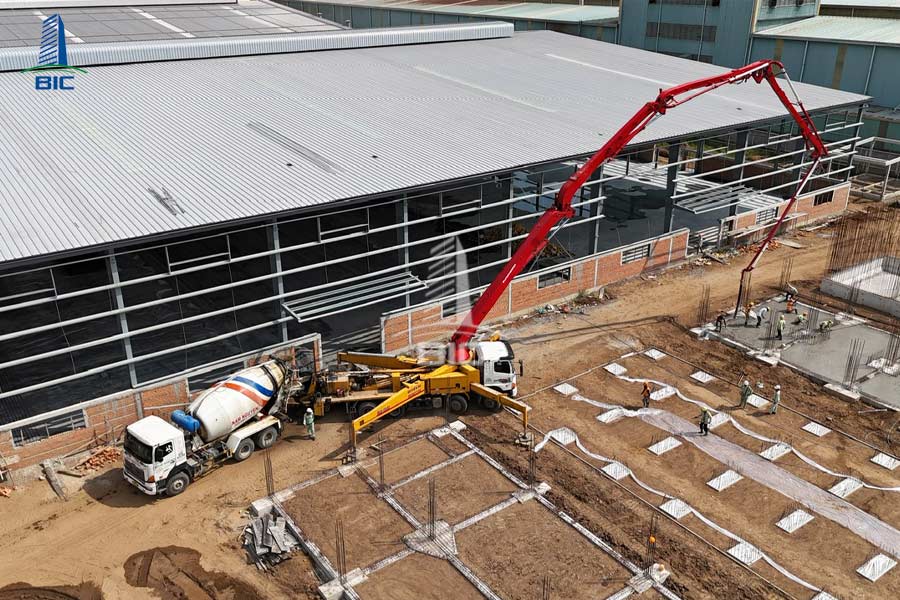
After obtaining the IRC or investment approval, the company can legally enter into a land lease agreement for the plot intended for factory construction.
- Lease contract with the Industrial Park Management Board (for state-managed parks) or the park's infrastructure developer
- Include:
+ Intended land use (factory, warehouse, office, etc.)
+ Payment terms (annual or lump-sum)
+ Land usage schedule and project timeline
- Lease duration: usually 30 to 50 years, renewable
- Land plot mapping and boundaries: Defined in the 1/500 scale zoning plan
- Unclear land-use zoning (e.g., restricted utility corridors)
- Undefined responsibilities for infrastructure maintenance
- Ensure to request and verify the 1/500 map and review termination, rental adjustment, and renewal clauses.
Once the land lease is in place and if applicable, after securing the land use certificate, the business must apply for a building permit to legally commence construction.
Under the amended 2014 Construction Law (2020), all construction projects—industrial factories included require permits unless specifically exempted.
1. Building permit application form
2. Investment decision or IRC
3. Approved technical or construction drawings
4. Proof of legal land use (land certificate or lease contract with 1/500 map)
5. Fire-fighting permit documents
6. Environmental Impact Assessment (EIA) or environmental protection commitment
7. Professional certificates of the design firm and its project lead
- Industrial Park Management Board, or
- Provincial Department of Construction
Timeline: 15 working days after a complete application (may be extended if revisions are needed).
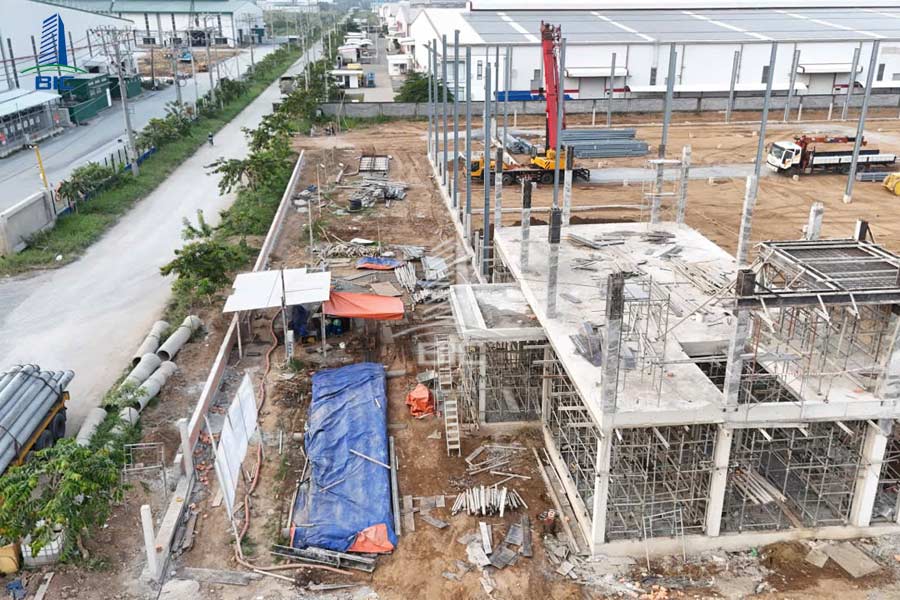
For industries requiring specific standards (food, pharmaceuticals, electronics, chemicals), both basic and detailed technical designs must be appraised before applying for the building permit.
- Based on approved master plan, including layout, architecture, and key infrastructure
- Ensures zoning compliance and functional layout
- Conducted by the Department of Construction or IP Management Board
- Includes structural design, electrical, water, ventilation, fire protection, waste treatment, etc.
- Ensures structural safety and compliance with national and industry standards
- Carried out by the Department of Construction, often with other agencies
Environmental compliance is mandatory and involves multiple steps:
- Analyze and report environmental impacts and mitigation measures
- Submitted to the Department or Ministry of Natural Resources & Environment
- Construction permitted only after EIA approval
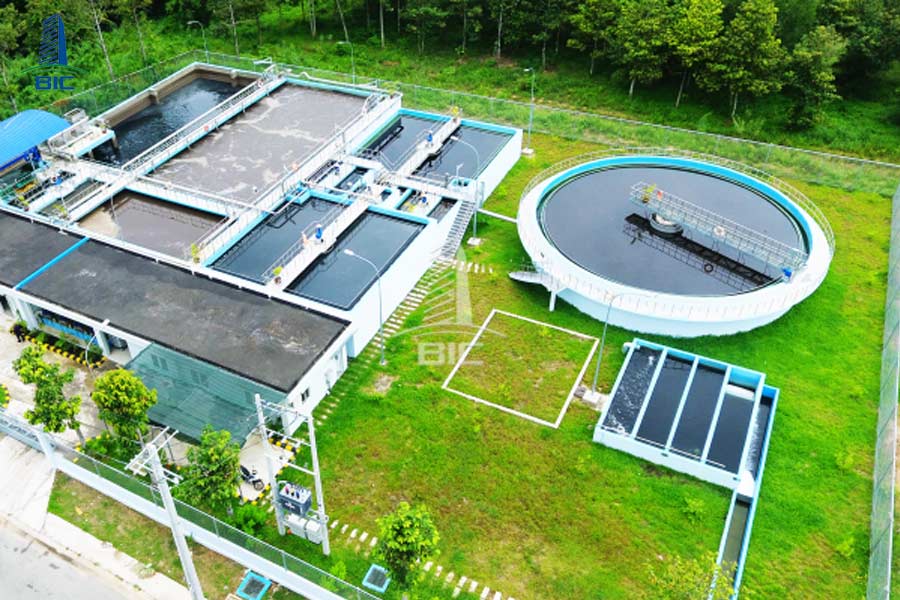
- Simplified declaration of environmental measures
- Confirmation by district-level People’s Committee or Department of Natural Resources & Environment
- Required for any discharge into public waterways
- Includes wastewater volume, treatment plan, and monitoring strategy
- Issued by the Department or Ministry of Natural Resources & Environment
Connect to the park’s centralized system or install an on-site treatment unit
- Hire licensed monitoring agencies
- Submit semi-annual or annual environmental reports
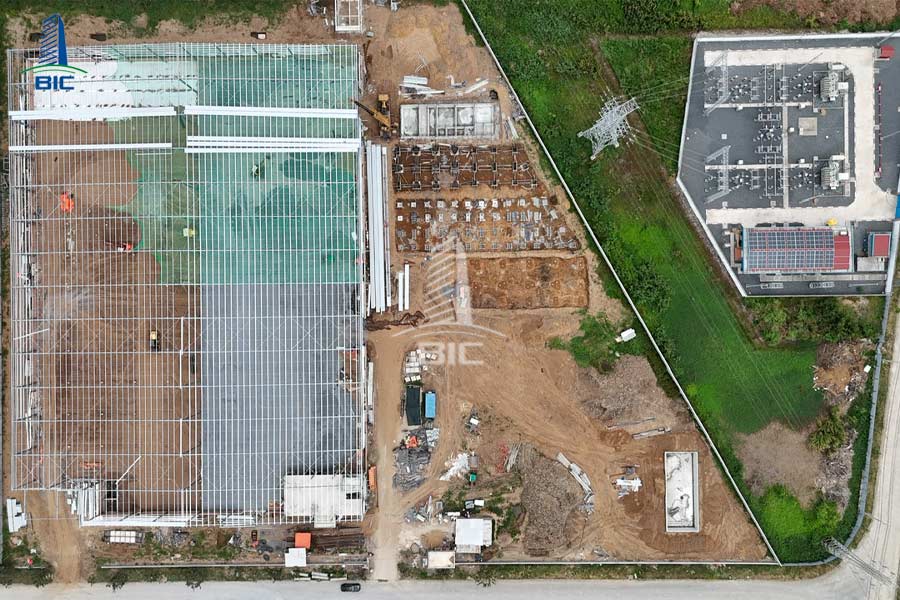
A fire protection design must be appraised prior to building permit issuance:
- Submit fire protection designs to Fire Prevention & Rescue Department
- Include fire systems layout, descriptive report, project documents
- Approval takes 15–20 working days and is required before building permits
- Install the fire system per approved design
- Submit acceptance documents (tests, logs, certificates) for final inspection
- Successful acceptance allows factory operation and final construction handover
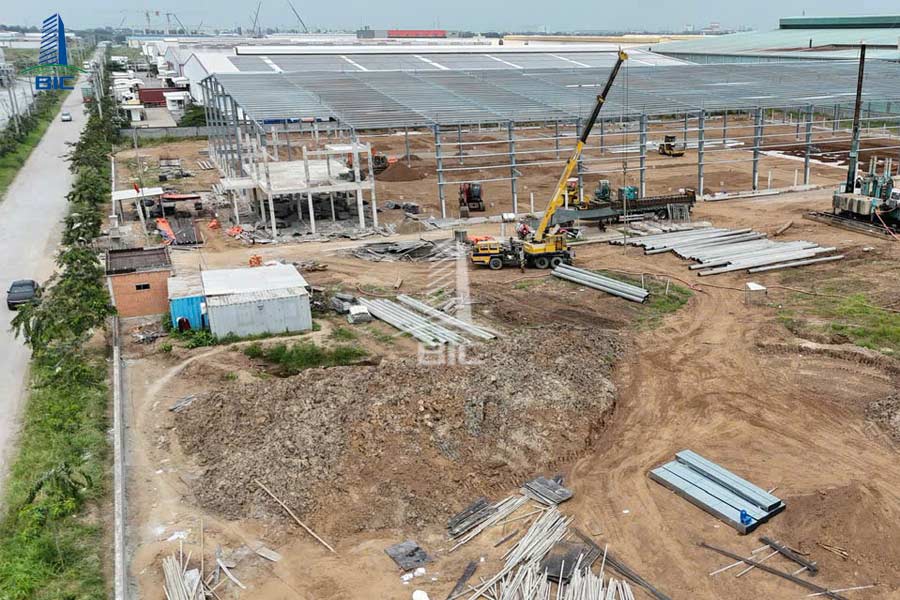
After construction, the factory must undergo final acceptance before use:
Include completion applications, construction stage acceptance records, closure logs, photos, material certifications, as-built drawings, and final certificates
Inspectors verify compliance with approved plans; any issues require correction
With acceptance approval, the business can:
- Request connection of utilities
- Obtain wastewater discharge permits
- Update business registration
- Install machinery and start production
Tip: Submit acceptance applications at least 30 days before planned operation.
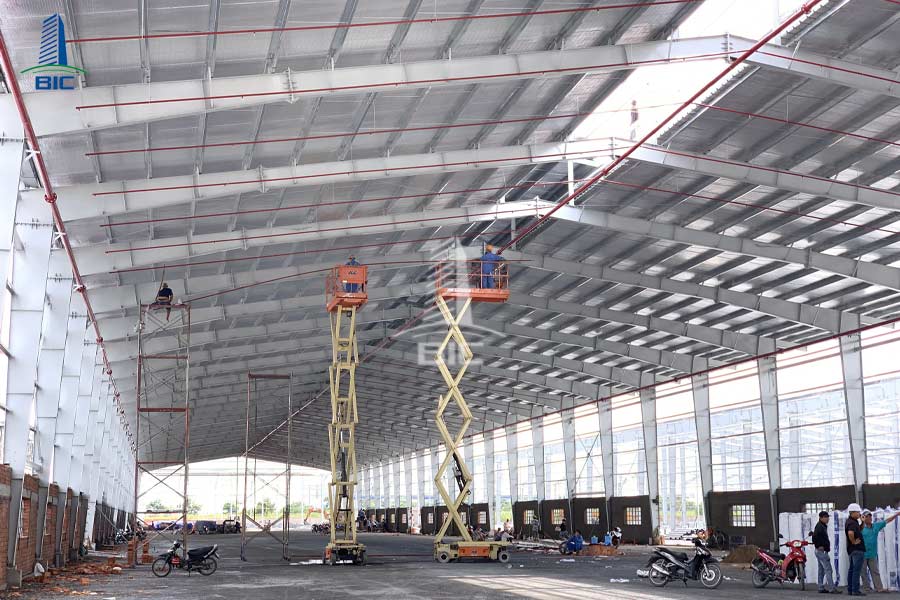
Before commencing operations, the factory must fulfill labor safety and hygiene legal requirements:
- Submit to the provincial Occupational Safety Authority or IP Management Board
- Include high-risk jobs list, safety measures, training plan, PPE provision
- Regularly inspect industrial boilers, pressure vessels, cranes, elevators, refrigeration equipment, and high-capacity electrical systems
- Only certified inspection organizations are allowed
- Sort and manage industrial and hazardous waste legally
- Contract with licensed disposal firms, record and report waste as required
Violations may result in fines or temporary suspension.
Factory construction in an industrial park requires not only financial and technical resources but also deep legal and administrative understanding. From land registration, leasing, building permits, fire safety, environmental compliance, to final acceptance—each step is crucial and errors can cause delays, legal penalties, or project suspension.
Therefore, partnering with an experienced, full-service consultant is a smart solution. BIC, with its skilled team of engineers, architects, and legal experts, supports investors from conception through legal compliance and turnkey construction. Contact our specialists today for a free consultation and optimal legal roadmap for your factory project.